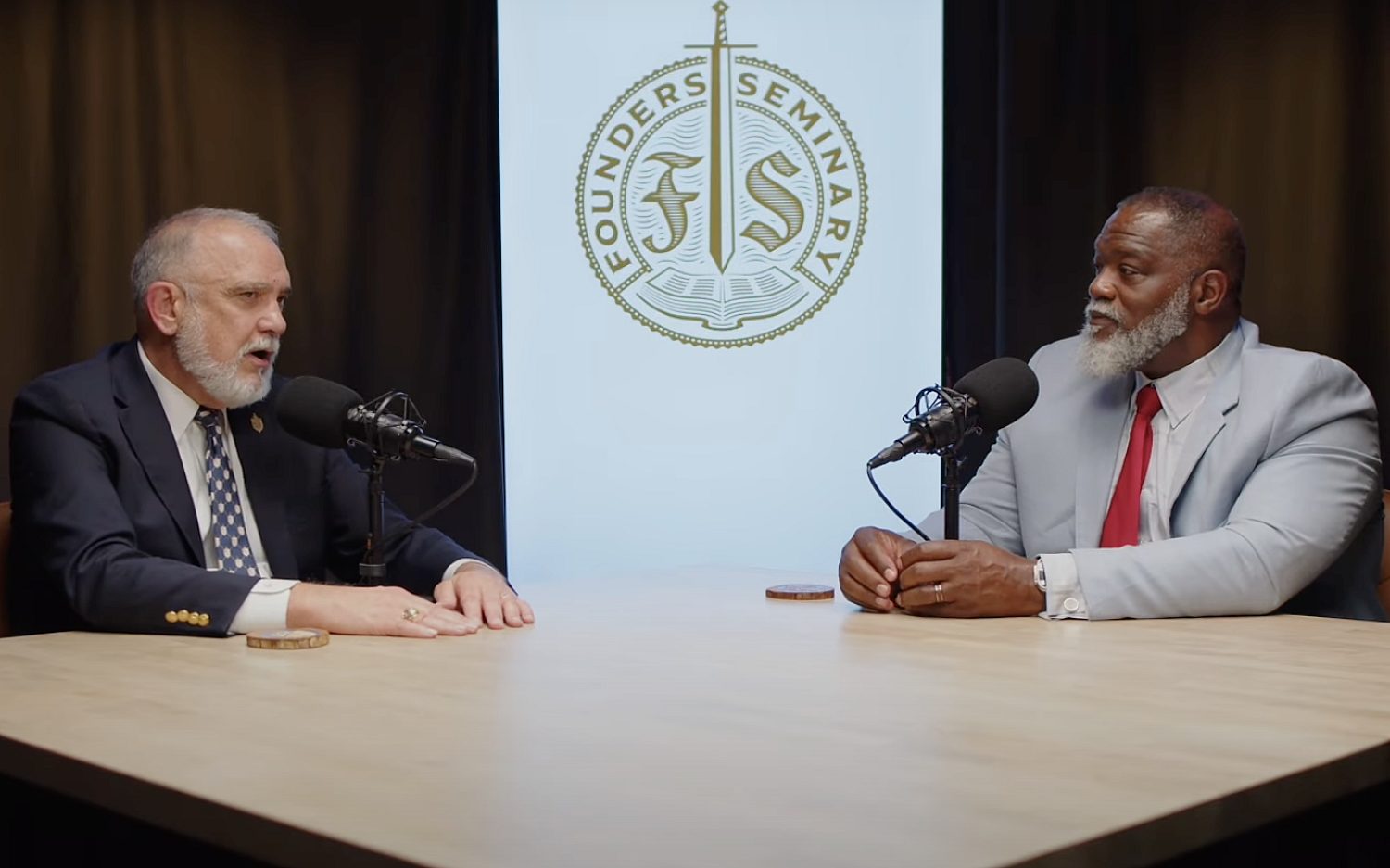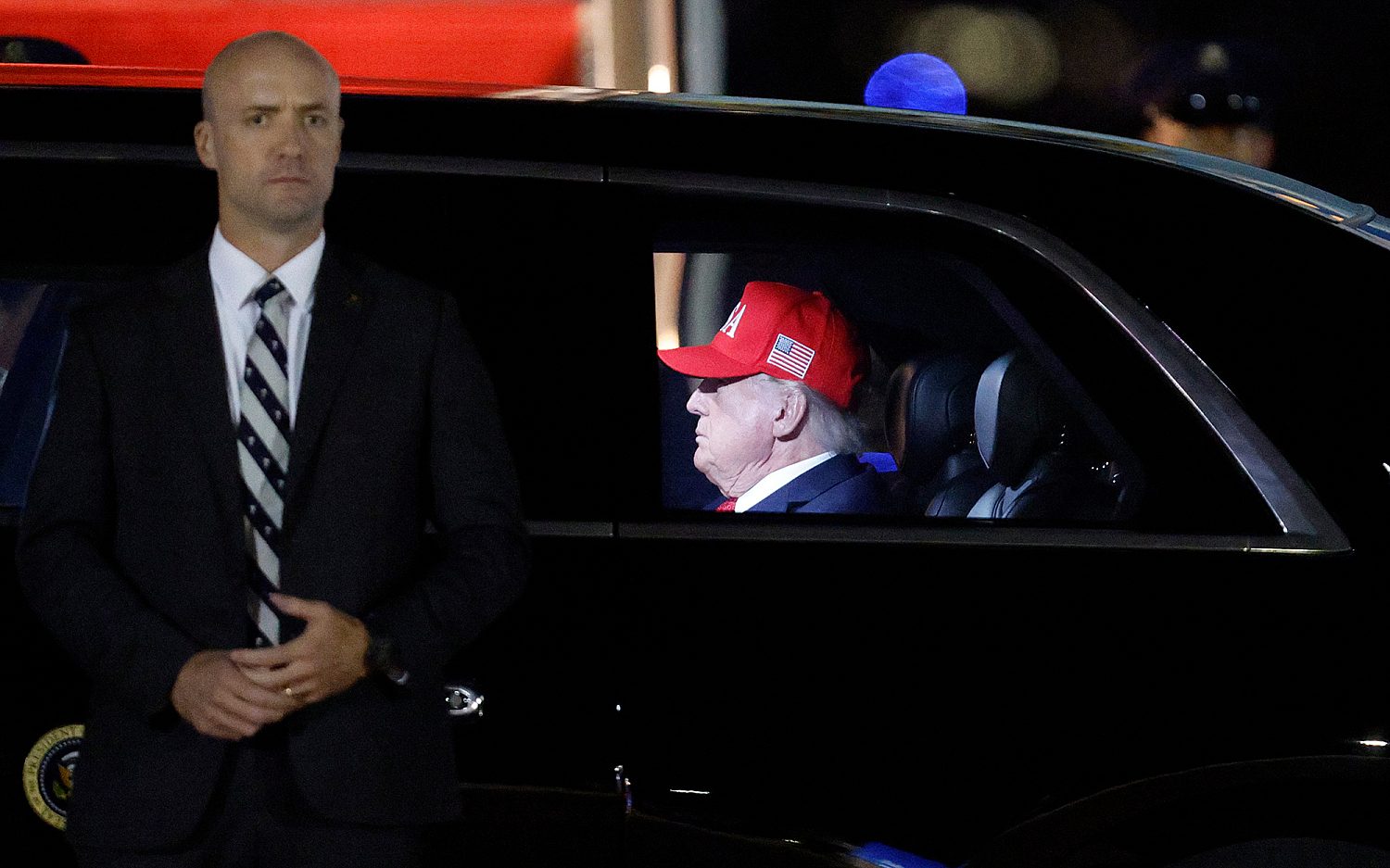Is the immigration crisis about to create an education crisis?
For months, politicians and the media have described the influx of child immigrants as a humanitarian crisis. As the summer months wear away, people are turning their attention to where the children will be in the fall, wondering whether the public schools they will enter might face a crisis of their own.
The 1982 Supreme Court decision Plyler v. Doe guarantees illegal immigrant children access to public education. The number of unaccompanied children crossing the southwest border has doubled since last year, reaching more than 57,500 as of June 30. Most of them go on to live with family members in the United States while courts process their immigration cases, which could take years.
“We received about 300 students from Honduras over the past few months, so recognizing the challenge, that crisis, we’re asking the federal government to intervene,” Miami-Dade Superintendent Alberto Carvalho told CBS in June. The school board said the cost of educating these children is about $1,950 more per student than what it receives from the state and has voted to seek federal aid.
The increase in immigrant students might put a strain on public school programs already facing staff and budget crunches nationwide. A 1974 ruling requires schools to provide services to students with limited English proficiency. But the March listing of “Teacher Shortage Areas,” released by the U.S. Department of Education, lists bilingual education and English language acquisition as “current high-need fields” in schools that serve low-income students. Immigrant students also are eligible for free lunch and breakfast programs and for special education services, another “high-need field” on the Department of Education listing.
Integrating the immigrant kids into public school systems presents challenges other than language barriers. “Immigrant Children and Youth: Enabling Their Success at School” by the Center for Mental Health in Schools at UCLA describes how some of the children have never attended school before, much less a U.S. school. Their illiteracy—even in Spanish—combined with the stress of their recent trip and learning a new culture, makes education difficult.
“They have multilayered trauma,” said Kristyn Peck, a refugee programs official with the U.S. Conference of Catholic Bishops. “These are really special kids with a lot of needs.”
The law expects public schools to meet academic, emotional, and physical needs without asking many questions of the immigrants in return. In May, the U.S. Department of Justice and U.S. Department of Education issued a letter updating guidelines so that schools do not discriminate against illegal immigrants when enrolling them in primary and secondary schools. Schools cannot require students or parents to reveal their undocumented status and do not require a social security number or driver’s license. All that is needed to prove age or residency is something as simple as an entry in a family Bible (for age) or copies of phone and water bills (for residency).
The 1982 Supreme Court decision argues the 14th Amendment right of equal protection extends to any person, including illegal immigrants. “By denying these children a basic education, we deny them the ability to live within the structure of our civic institutions, and foreclose any realistic possibility that they will contribute even in the smallest way to the progress of our Nation,” the court said.
In episode three of the PBS video Created Equal, Peter Sagal explores whether the right to free public education should extend to illegal immigrants: “Everybody wants kids to get a good education, but if the 14th Amendment even made illegal immigrants part of ‘we the people,’ where do we draw the line?”
The Associated Press contributed to this report.
An actual newsletter worth subscribing to instead of just a collection of links. —Adam
Sign up to receive The Sift email newsletter each weekday morning for the latest headlines from WORLD’s breaking news team.




Please wait while we load the latest comments...
Comments
Please register, subscribe, or log in to comment on this article.